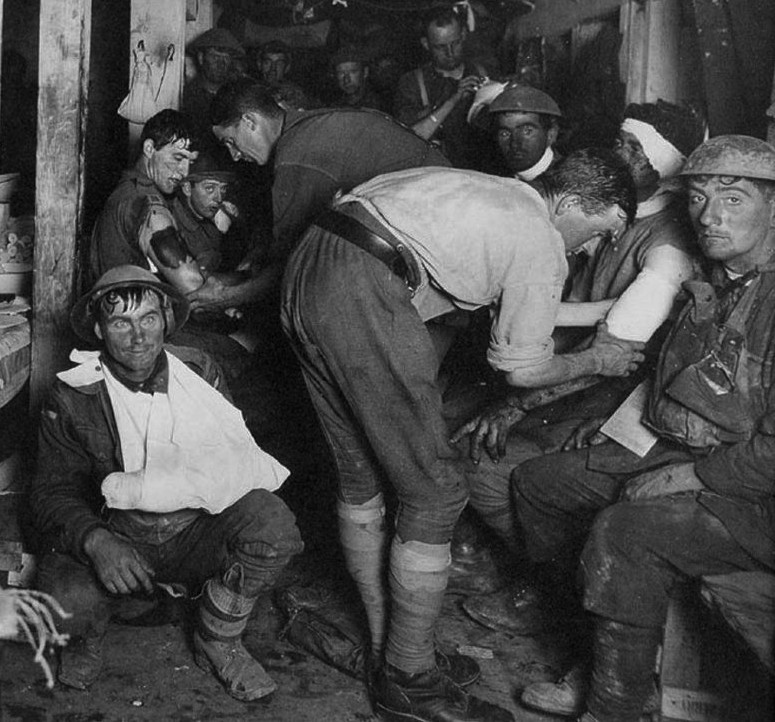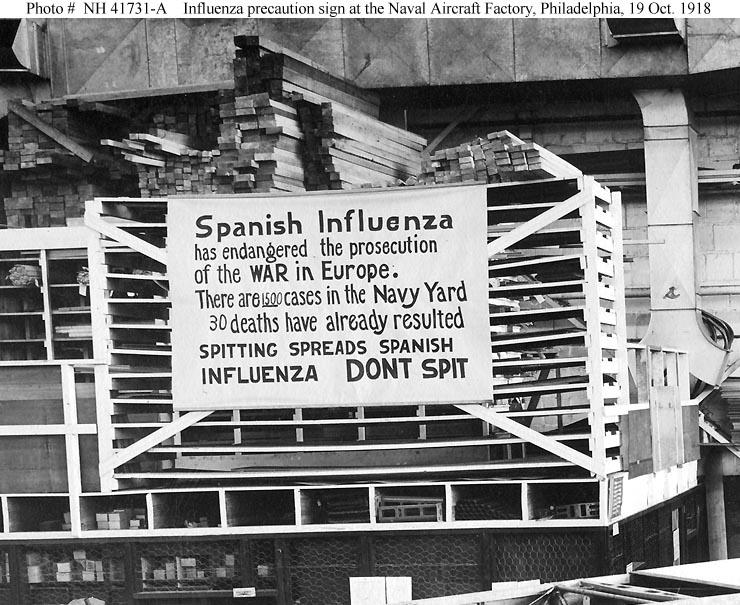Again, this is not my area of expertise, since I’m mostly into Pfizer stock speculation and such, but as the Coronavirus does not seem to be going away any time soon, probably worthwhile to look at the effects of such a disease if it continues to expand, beyond the issues of health and mortality.
Economic Effects in China: Right now, around 60 million people are in partial or full lock down. The current population of China is over 1.4 billion, so this is 4% of the population. So lets say that their economic activity is reduced by at least 20% (it may be more). Let us say this is a ripple effect that impacts three times that amount of people (as they certainly trade with others). The most immediate economic impact of the virus is on consumption and travel. So 0.12 x 0.8 = 0.96 or basically a 1% decline in the Chinese economy/growth rate. The Chinese economy is growing at around 6% a year. Now, if this virus lasts for three months, it is simply a blip on the charts. If it lasts the better part of a year, we will see a reduction in the growth rate of the economy. On the other hand, if the virus continues to spread and more people and cities are on lock down, then the economic impact could be more significant.
Note: These are all the companies who have shut down operations….
International Economics: The Chinese economy now makes up 16% of the world economy. They are certainly the manufacturing hub in many industries (for example, my first Kursk book was printed there). So, any disruption in the Chinese economy will result in a decline worldwide. These fears were amplified this last Monday morning when the DOW declined by over 500 points, which is almost a 2% drop. Now it was recorded somewhat and as of 1:00 PM on Monday was at 337 (1.16%). Still this shows the economic impact on the markets. Of course, the market going down 1 or 2% does not mean the economy is in decline, but it does indicate that this is a global concern.
Oil Prices: U.S. oil prices were down on Monday morning by nearly 2% also to $53.13 a barrel. Now oil prices directly affect consumers as we can see the fluctuations from day to day at the gas pump, but…..if also significantly impacts the economy of Russia, which relies heavily upon taxes on oil and natural gas for its budget. As of 1 PM on Monday, the exchange rate for rubles to dollars went from 62 rubles to 63 rubles.
Internal Stability in China: Keep in mind that China had a major internal unrest incident in 1989 with Tiananmen Square. They have been hesitant since then to run over people with tanks. More to the point, the continued growth of the Chinese economy has dampened much of the political and internal unrest, and will probably continue to do so as long as the economy continues to grow. Many people (and I am one of them) does consider that the development of a capitalist economy under control of a communist regime is a fundamental contradiction that at some point will lead to political unrest. This was the case 30 years ago, and if the economy stagnates or decline, I have no doubt will be the case again. Added to that, right now there has been an extended pro-democracy protest in the Chinese city of Hong Kong that has not been resolved. Is this an isolated case, being a former British colony; or is it the first of many others? I do get the sense that the stability of China is not guaranteed and could be quickly become an issue if the economy declines.
Internal Stability of Russia: The Russian economy is tied to oil prices, maybe not as much as Iran and Saudi Arabia, but enough that this is a big issue. In 2012 oil, gas and petroleum products account for over 70% of their total exports. Russia already had one extended economic decline from 2014-2015 where is actually saw its GDP decline by 3.7% in 2015. This is significant. We do note today that the when the stock markets declined by over 1%, the price of oil declined by 2% and the ruble declined by 2% also. So……what happens if the decline continues? The Russian GDP grew by only 1.2% in 2019. The next Russian election is in 2024, so they have some time to ride out any problems, but as they are busy changing the constitution into who knows what; then if we actually do see a significant decline in the Russian economy over an extended time, then the elections, or even internal stability, could become an issue.
Ukraine and sanctions and such: Not unrelated to the Russian economic problems are the sanctions imposed by the U.S. and European as a result of its actions in Ukraine, including the seizure of Crimea. This have been an issue since then, both in Russia and in U.S. politics. Needless to say, if the Russian economy declines, these issues will remain at the forefront.
Iran and Iraq: Cannot help but notice that Iran has a lot of internal turmoil and unrest, in addition to occasional head-to-head confrontations with the U.S. The Iranian economy is also heavily tied to the price of oil. Nothing fuels a protest movement like a declining economy. One could also say the same of Iraq. Of course, we have troops in Iraq.









